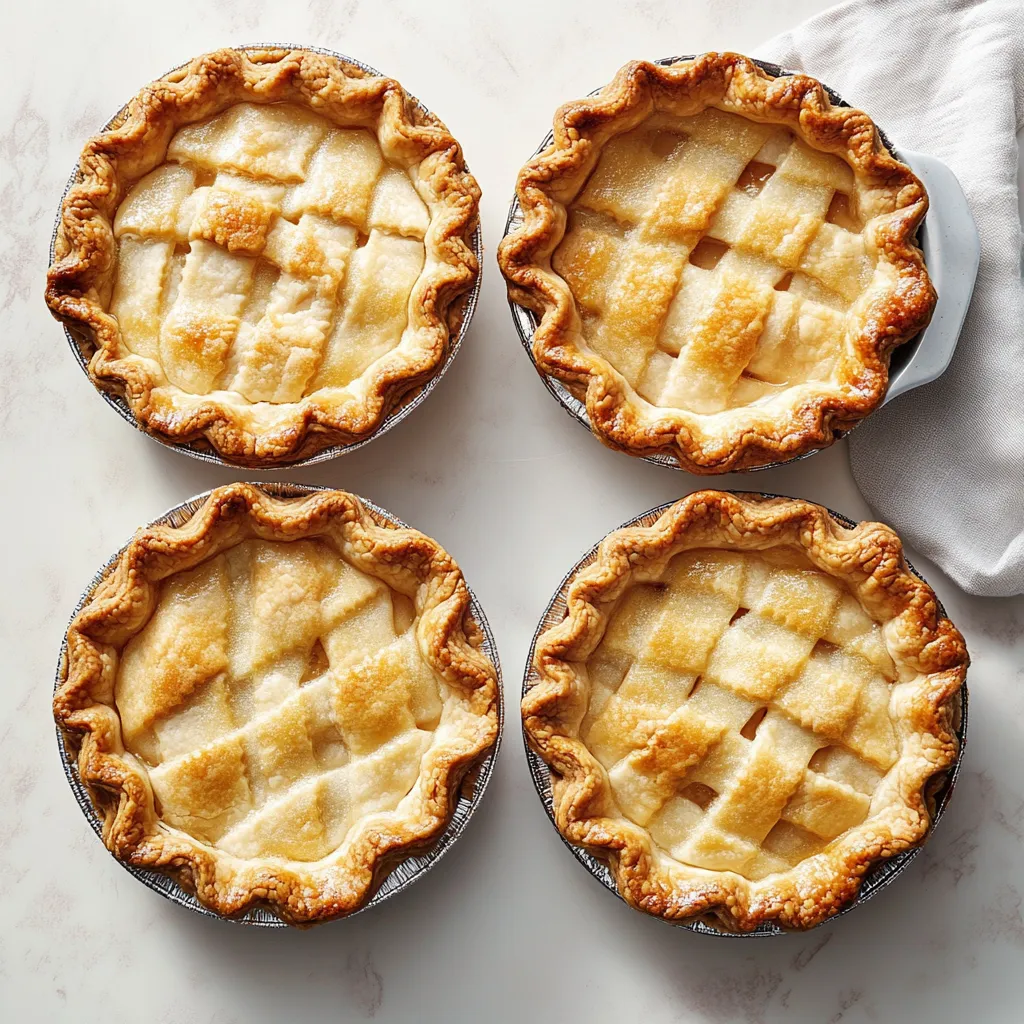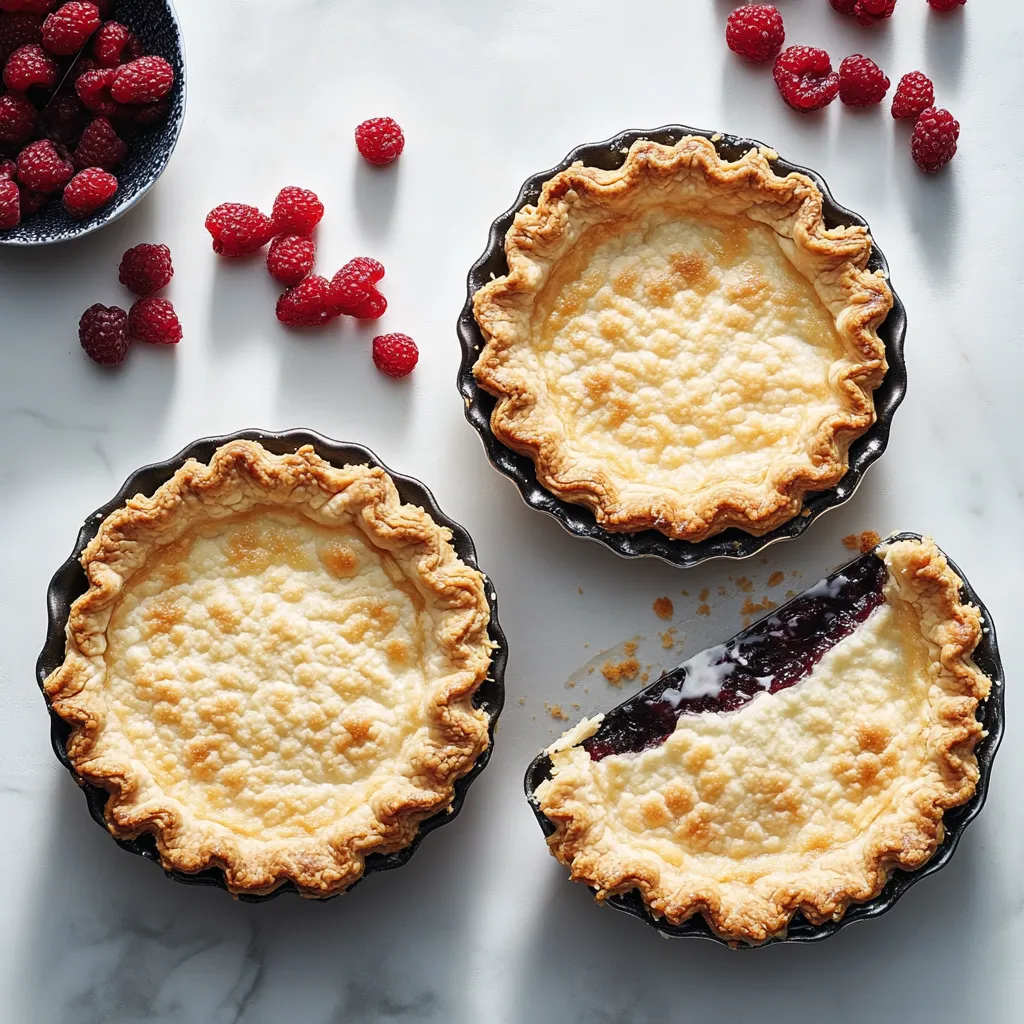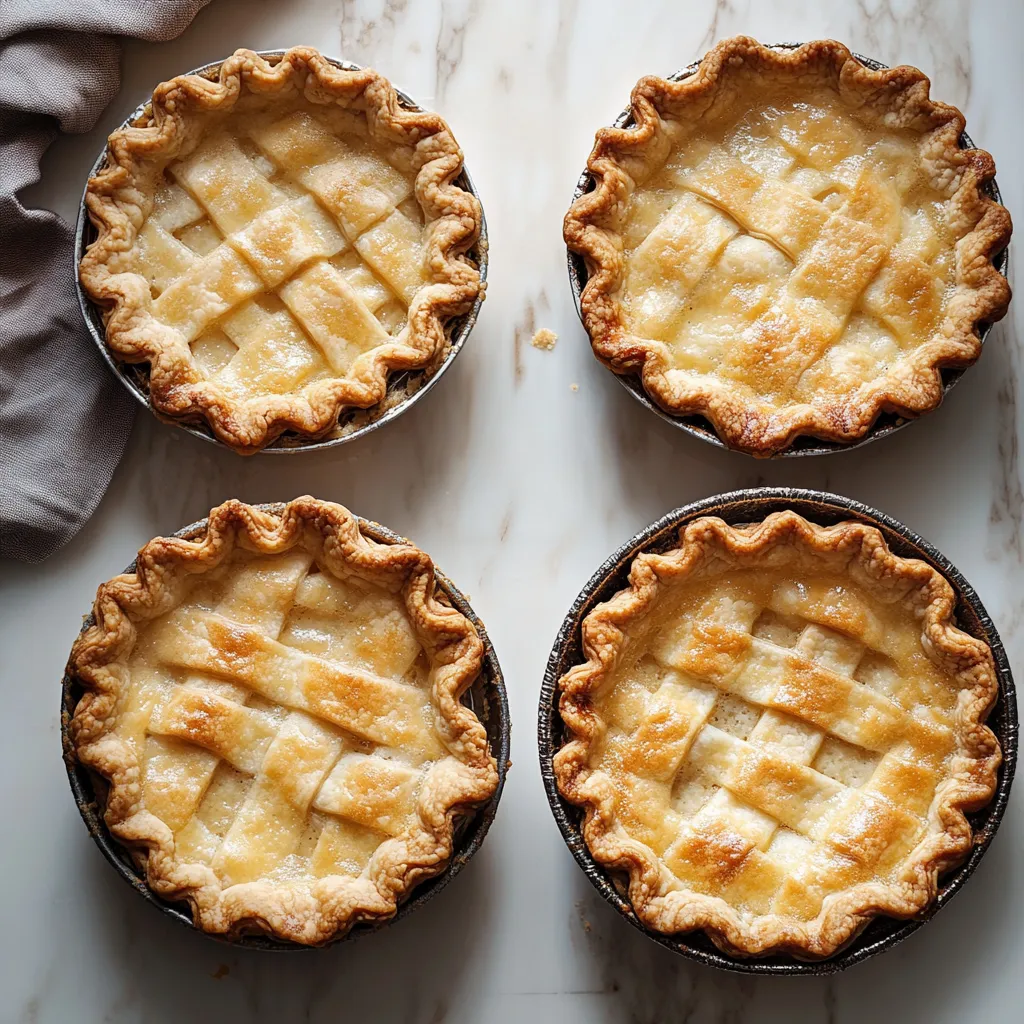The Ultimate Guide to Choosing the Perfect Pie Pan: Baking Masterpiece Essentials
Selecting the right pie pan is like choosing the perfect canvas for a culinary masterpiece. Whether you’re a seasoned baker or a passionate home cook, the right pie pan can transform your baking experience, ensuring golden crusts, even baking, and picture-perfect results every single time.
Prep Time:
15 minutes
Cook Time:
22 minutes
Calories:
265 kcal per muffin
ingredients
Types of Pie Pans
1. Glass Pie Pans
- Pros: Excellent heat distribution
- Cons: Slower to heat, can lead to soggy bottom crusts
- Best for: Fruit pies, custard pies
- Recommended Brands: Pyrex, OXO
2. Ceramic Pie Pans
- Pros: Beautiful presentation, even heating
- Cons: More expensive, heavier
- Best for: Decorative pies, special occasions
- Recommended Brands: Le Creuset, Emile Henry
3. Metal Pie Pans
- Pros: Quick heating, crisp crusts
- Cons: Can cause uneven browning
- Best for: Savory pies, quiches
- Recommended Types:
- Aluminum: Lightweight, affordable
- Stainless Steel: Durable, professional-grade
- Tin: Traditional, conducts heat quickly
4. Disposable Aluminum Pie Pans
- Pros: Convenient, great for gifting
- Cons: Less sturdy, single-use
- Best for: Potlucks, bake sales
Choosing the Right Pie Pan Size
- Standard Sizes: 8-inch, 9-inch, 10-inch
- Depth: 1-inch to 1.5-inch deep
- Consider recipe requirements and serving needs
Care and Maintenance
- Hand wash non-stick and ceramic pans
- Avoid metal utensils on non-stick surfaces
- Store carefully to prevent scratching
- Season metal pans to prevent rusting
Frequently Asked Questions
- How do I prevent a soggy pie bottom? Prebake the crust, use a pizza stone, or place the pie on the lowest oven rack for direct heat.
- Can I use the same pan for different types of pies? While versatile, some pans work better for specific pie types. Glass is great for custard, metal for fruit pies.
- How do I know when to replace my pie pan? Replace if there are deep scratches, warping, or significant discoloration that affects baking performance.
- Are non-stick pie pans worth it? They can be helpful for easy removal, but traditional pans often provide better crust development.
- How many pie pans should a home baker own? Start with 2-3 in different materials and sizes for versatility.

Tools You'll Need
- Pie pan of choice
- Pastry brush
- Pie weights
- Cooling rack
- Kitchen towels
- Oven mitts
- Pie server
- Measuring tape (for pan size)
Tips
- Always preheat your oven
- Use pie shields to prevent over-browning
- Rotate pans halfway through baking
- Let pies cool completely before slicing
- Invest in quality pans for consistent results
Allergy Information
- Most pie pans are made from food-safe materials
- Avoid pans with chips or cracks
- Check manufacturer guidelines for specific care
- Some non-stick coatings may contain allergens

Conclusion
Choosing the right pie pan is an art form that elevates your baking from good to extraordinary. Each pan tells a story—of family recipes, holiday traditions, and culinary adventures waiting to unfold. Whether you’re crafting a rustic apple pie or an elegant lemon meringue, the perfect pan is your trusted companion. We invite you to explore, experiment, and most importantly, enjoy the beautiful journey of pie-making. Share your pie pan discoveries, snap those stunning pie photos, and spread the joy of baking with your community. Remember, every great pie starts with the right foundation!





No comment